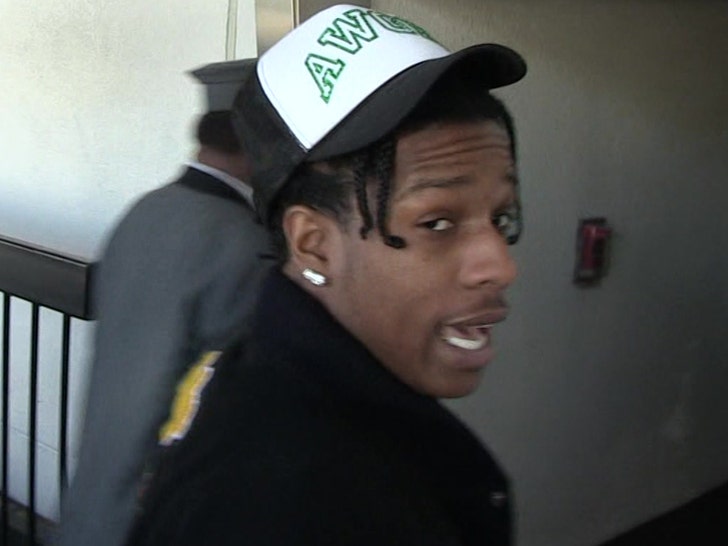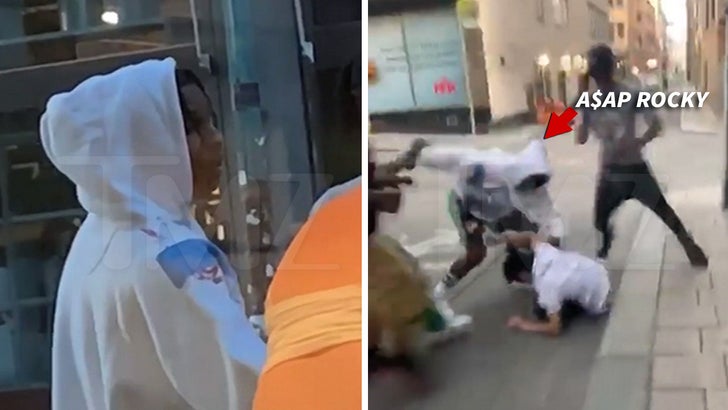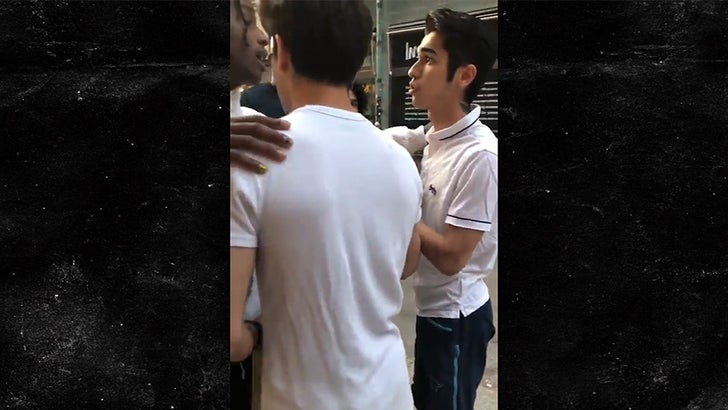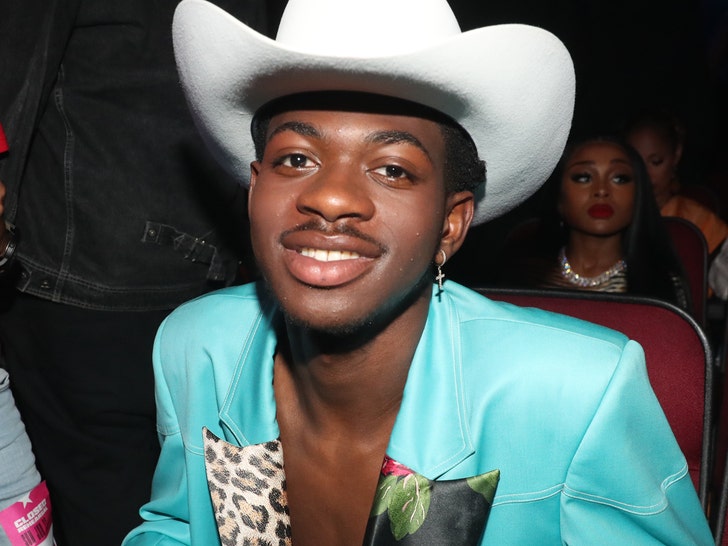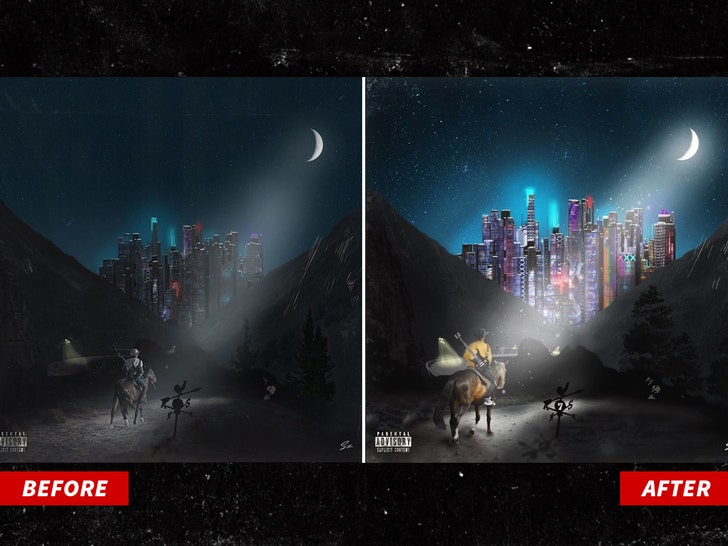The answer may just be really, really far from home. Cosmically far.
(Spoilers will spoil from this point forward -- venture forth at your viewing peril if you haven't seen the film, or several other recent Marvel movies.)
Given that it was the introductory appearance of Samuel L. Jackson as Col. Nick Fury in the then-groundbreaking tag scene of the first "Iron Man" film in 2008 that presaged the emergence of a greater shared universe and the notion of a superhero team in the form of the Avengers, "Far From Home's" end sequence puts Fury to clever use once more as the MCU prepares to enter what Marvel Studios refers to off-screen as Phase Four.
The sequence kicks off with the reveal that the veteran S.H.E.I.L.D. leader and his stalwart lieutenant Maria Hill (Cobie Smulders), who've shepherded Spider-Man (Tom Holland) into superheroic service throughout the film, are in fact a pair of disguised Skrulls, the shapeshifting alien race first encountered on screen in "Captain Marvel" earlier this year.
In fact, audiences met these particular Skrulls before in that film's '90s-era setting: Talos {Ben Mendelsohn), who first appeared to be an antagonist to Carol Danvers (Brie Larson) and a young Fury but later proved to simply be trying to rescue a long-stranded group of his people, including his wife and daughter, from the nefarious Kree, another alien race with its eye on Earth). He's taken on Fury's form, while his wife Soren (Sharon Blynn) has assumed Hill's identity.
Not only does this come as a welcome relief to audience members who'd noticed Fury and Hill acting a little out of character (including being taken in by Jake Gyllenhaal's Mysterio) and over-the-top throughout the film, it provides a neat entry into the next intriguing setup: Talos, whom we last saw on good terms with Fury twenty-some years earlier, has been pressed into service by the ever-vigilant, always-working-every-angle superspy, while Fury is...doing what, exactly?
That's the big question: when Talos reaches out to fill Fury in on the events we've just witnessed, and Fury is at first apparently sipping a tropical drink on a sun-soaked beach somewhere, seemingly indulging in a getaway after the harrowing conclusion of "Endgame" (not to mention being Thanos-dusted and dead for five years). But we quickly discover Fury's only indulging in a simulation of Hawaiian holiday, thanks to some super-high-tech trickery, and is actually aboard an eye-popping spacecraft of some sort. We should've known Nick Fury never gets vacation days.
For those familiar with the comic book equivalent of the Marvel Universe, this suggests that another top secret organization is about to make its debut: S.W.O.R.D., which stands for Sentient World Observation and Response Department. It's basically S.H.I.E.L.D. in space -- a peacekeeping force designed to protect the planet from the increasing intergalactic attention it's been getting of late, akin to Tony Stark's vision of a suit of armor surrounding the Earth.
S.W.O.R.D was co-created by none other than Joss Whedon, during a stint on an X-Men comic back in 2004. Whedon also introduced its snarky, resourceful, green-haired director Abigail Brand, a plumb role for any actress not already in the MCU's orbit.
After the Kree-Skrull conflicts and serving as a battleground in Thanos' Infinity War, Fury has clear reason to be concerned that Earth may be about be caught in some very dangerous cosmic crosshairs -- which may serve as the same kind of interconnective story tissue among the MCU's upcoming films as the Infinity Stones did in Phases Two and Three.
The universe is certainly expanding, now that Thor's off adventuring in the cosmos, the
Guardians of the Galaxy continue to establish new frontiers in space (including opening the door to Marvel's spacefaring cult favorite Warlock, created by Stan Lee and Jack Kirby and given definition by Thanos' creator Jim Starlin), and there's still some two decades of Captain Marvel's galactic crusade against the Kree to catch up on.
The Skrulls open up potentially juicy plot springboards as well: 2008's "Secret Invasion" proved to be one of the comic books' most potent storylines, with the many longtime characters revealed to be Skrull sleeper agents in disguise, sparking a massive global conflict -- although Marvel has already gone down a similar road with the use of the terrorist organization Hydra.
There's also the legendary "Kree-Skrull War" from 1971, one of the comics' first far-reaching crossover tales with the Avengers at its center, in which the two races engage in all-out combat. And there's a well-remembered sequence from 1983 in which the gargantuan planet-eating being Galactus -- who's become a popular figure of speculation as Phase Four's ultimate Big Bad, in the vein of Thanos -- devoured the Skrull homeworld. That could provide a great entry point for the most cosmic Lee-Kirby creation of all, Galactus' noble herald The Silver Surfer, whose film rights are now back in the hands of Marvel Studios following Disney's acquisition of previous right holder 20th Century Fox.
Perhaps most intriguingly of all, the Skrulls could possibly open the door for the MCU introduction of another of Marvel Comics' crown jewels, the Fantastic Four, also recently returned to the studio in the Fox deal. The changelings first debuted back in 1961, at the very dawn of the Marvel Universe, in Fantastic Four #2, where the superhero team defeated them by hypnotizing them into believing they actually were dairy cows, whose bovine shapes they'd assumed.
Hey, Marvel made a talking racoon and a sentient tree work on screen, so who knows what else the studio can make us believe?
https://www.cnn.com/2019/07/03/entertainment/spider-man-end-credits/index.html







